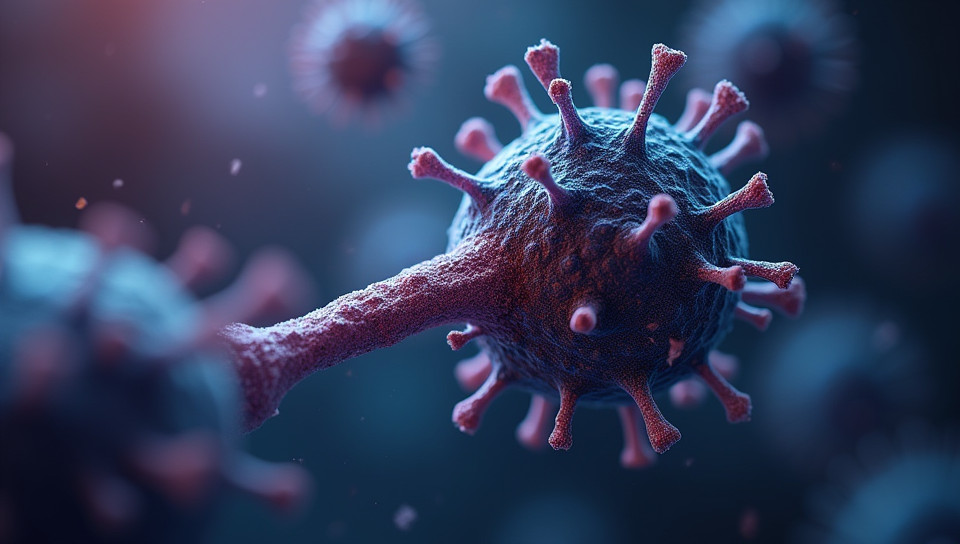Targeted mutations occur when CRISPR binds to DNA sequence 87%

The Power of Precision: Understanding Targeted Mutations through CRISPR
Imagine being able to edit the blueprint of life itself, making precise changes to the instructions encoded in our DNA. This is the promise of CRISPR-Cas9, a revolutionary gene editing tool that has captured the imagination of scientists and healthcare professionals worldwide. But how does it work? In this article, we'll delve into the mechanics of targeted mutations through CRISPR, exploring the fascinating process by which this technology achieves its precision.
The Basics of CRISPR
CRISPR-Cas9 is a bacterial defense mechanism that has been repurposed for gene editing. It works by binding to specific DNA sequences, known as guide RNA (gRNA), and using an enzyme called Cas9 to make precise cuts in the target DNA. This cut creates a double-stranded break, which can then be repaired through various mechanisms.
How CRISPR Binds to DNA Sequence
When CRISPR-Cas9 binds to a specific DNA sequence, it sets off a cascade of events that ultimately lead to targeted mutations. The process begins with the guide RNA (gRNA), which is programmed to recognize and bind to a specific 20-base pair DNA sequence.
Key Steps in CRISPR-Mediated Targeting
- Specificity: The gRNA recognizes and binds to a specific target sequence, ensuring that the edit occurs at the correct location.
- Binding: The CRISPR complex binds to the target DNA, positioning the Cas9 enzyme for cutting.
- Cutting: The Cas9 enzyme makes a precise double-stranded cut in the target DNA, creating a break.
Repairing the Break
Once the break is made, the cell's natural repair mechanisms kick in. There are two main pathways by which this can occur:
- Non-homologous end joining (NHEJ): This pathway involves the direct ligation of the broken ends, often resulting in small insertions or deletions at the site of the cut.
- Homology-directed repair (HDR): This pathway requires a template with homology to the target sequence. When provided, HDR can introduce precise edits into the genome.
Implications and Future Directions
The ability to make targeted mutations through CRISPR has far-reaching implications for fields such as genetics, oncology, and biotechnology. As our understanding of this technology continues to grow, we can expect significant advancements in disease modeling, gene therapy, and synthetic biology.
In conclusion, the process by which CRISPR binds to a DNA sequence and facilitates targeted mutations is a testament to the power of precision editing in modern genetics. With its potential applications ranging from treating genetic disorders to developing novel bioproducts, the future of CRISPR-mediated gene editing looks bright indeed.
- Created by: Noah Weber
- Created at: Jan. 13, 2025, 3:49 p.m.
- ID: 17769









